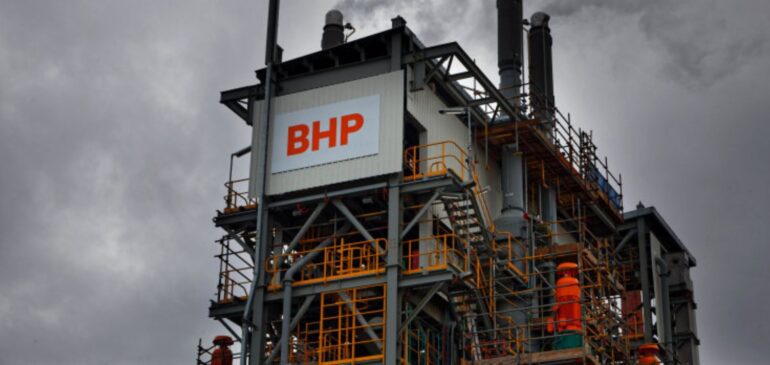TL;DR:
- BHP and Microsoft collaborate to leverage artificial intelligence and machine learning for improved copper recovery at Escondida mine.
- Integration of new digital technology and innovative work methodologies aims to maximize value from existing copper resources.
- Next-generation technologies like AI, machine learning, and data analytics will be crucial in unlocking more production and value from declining copper grades.
- Global copper production needs to double in the next 30 years to meet the demand for decarbonization technologies.
- Real-time plant data combined with AI-based recommendations will enable Escondida’s operators to optimize operational variables.
- BHP, a top global copper producer, has operated Escondida, an open-cut mine in Chile’s Atacama Desert, for over 30 years.
- Collaboration between BHP and Microsoft heralds a new era in the mining industry, driven by AI, machine learning, and cloud technologies.
Main AI News:
A cutting-edge collaboration between industry giants BHP and Microsoft has harnessed the power of artificial intelligence and machine learning to enhance copper recovery at the world’s largest copper mine. Leveraging new digital technologies to optimize concentrator performance at BHP’s Escondida operation in Chile, the initiative is expected to revolutionize copper extraction.
Laura Tyler, BHP’s esteemed Chief Technical Officer, emphasizes the significance of integrating novel digital capabilities with innovative work methodologies. This fusion empowers the Escondida team to unlock greater value from their existing resource. Tyler envisions a forthcoming mining revolution propelled by the advanced utilization of digital technologies. With declining copper grades and fewer economically viable discoveries, the industry must turn to next-generation tools like artificial intelligence, machine learning, and data analytics to maximize production and extract additional value from operational mines.
BHP’s projection underscores the urgent need to double global copper production in the next three decades compared to the previous 30 years. This surge is necessitated by the rapid development of decarbonization technologies, including electric vehicles, offshore wind farms, and solar energy installations, all crucial components of BHP’s visionary 1.5-degree scenario.
Expressing excitement over the collaboration, John Montgomery, Microsoft’s CVP of AI Platform, recognizes the transformative potential of this groundbreaking endeavor. Through the utilization of Microsoft’s Azure platform, real-time plant data from Escondida’s concentrators will be combined with AI-generated recommendations, empowering operators to fine-tune operational variables that impact ore processing and grade recovery. This synergy between cutting-edge technology and human expertise promises to revolutionize copper extraction.
As one of the world’s leading copper producers, BHP boasts the largest copper endowment among all companies worldwide. For over three decades, BHP has operated Escondida—an open-cut mine nestled in Chile’s Atacama Desert within the Antofagasta Region. With an annual copper production exceeding one million metric tonnes, Escondida’s concentrator circuit plays a pivotal role in extracting, floating, and collecting copper minerals from crushed and milled ore.
Through this groundbreaking collaboration, BHP and Microsoft are spearheading a new era in the mining industry—one driven by artificial intelligence, machine learning, and cloud technologies. As the world’s appetite for copper continues to grow, it is through such innovative partnerships and technological advancements that the industry can meet the demands of the future.
Conclusion:
The collaboration between BHP and Microsoft marks a significant milestone in the mining industry. By harnessing the power of artificial intelligence and machine learning, companies can enhance copper recovery and maximize value from existing resources. This partnership not only showcases the potential of advanced technologies but also highlights the industry’s recognition of the need to adapt to declining copper grades and the increasing demand for decarbonization technologies.
With the integration of real-time plant data and AI-based recommendations, operators can optimize operations, leading to improved efficiency and productivity. As the world’s appetite for copper continues to grow, such collaborations and technological advancements will play a pivotal role in meeting market demands and ensuring the sustainability of the industry.

